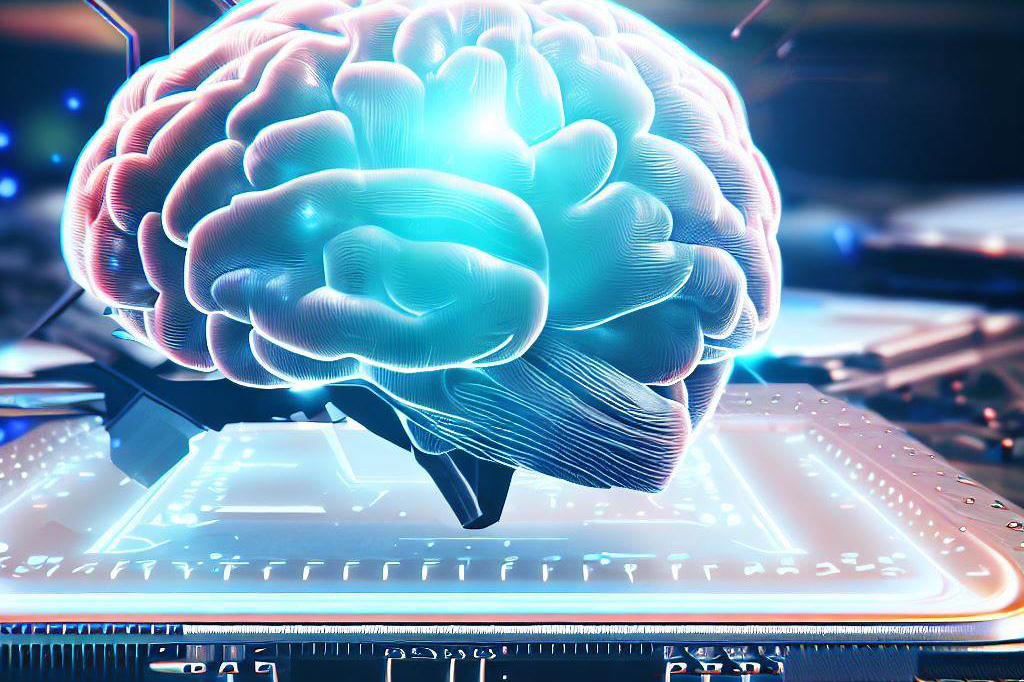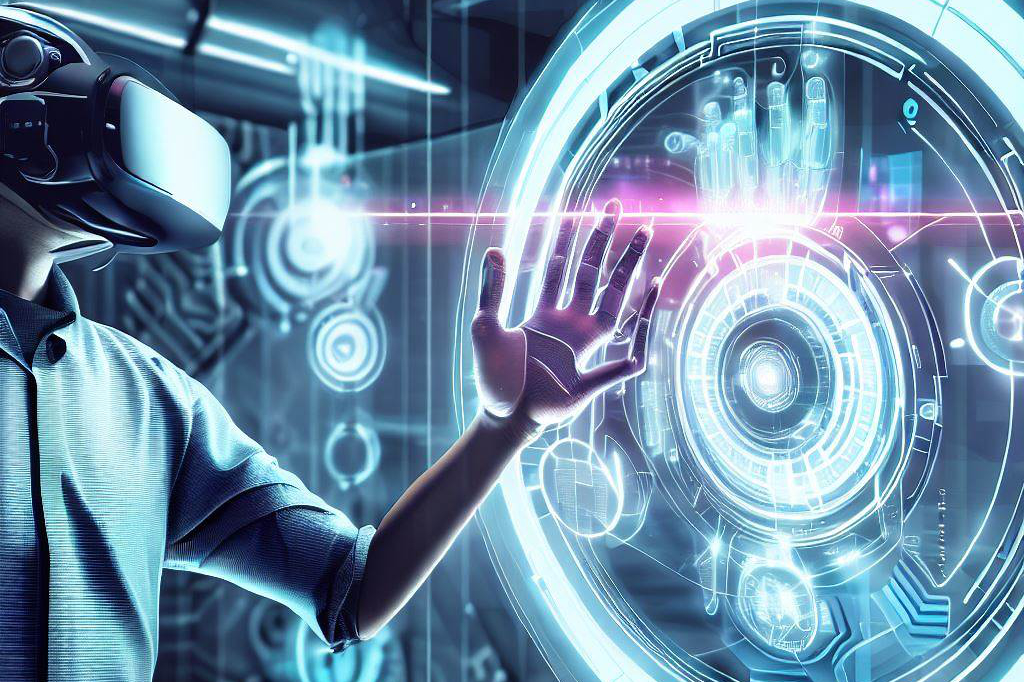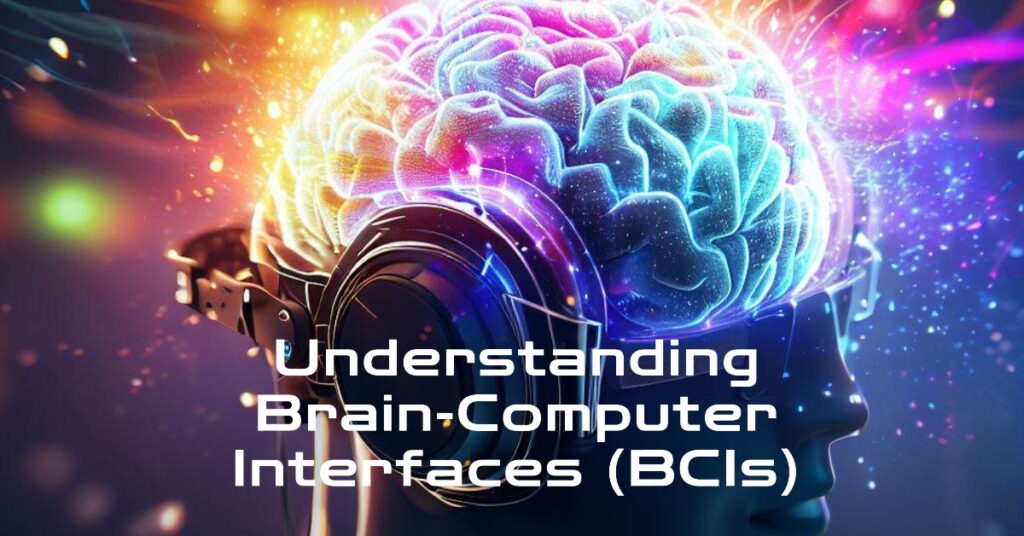Understanding Brain-Computer Interfaces (BCIs): Enhancing Human-Machine Interaction
In our rapidly advancing technological landscape, the intersection of neuroscience and computer science has given rise to a groundbreaking innovation known as the Brain-Computer Interface (BCI). This remarkable technology enables direct communication between the human brain and external devices, opening up a world of possibilities for human-machine interaction and transforming the way we perceive and interact with technology.
What is a Brain-Computer Interface (BCI)?

At its core, a Brain-Computer Interface (BCI) is a sophisticated system that establishes a direct communication pathway between the brain and an external device or computer. It bypasses traditional channels such as peripheral nerves or muscles, allowing individuals to control devices or interact with virtual environments using their thoughts alone.
How Does a Brain-Computer Interface (BCI) Work?
The functioning of a Brain-Computer Interface (BCI) involves several key components that work seamlessly together to enable communication between the brain and an external device. Here’s a simplified breakdown of the process:
- Brain Signal Acquisition: BCIs use various methods to capture and interpret brain signals. One common technique is electroencephalography (EEG), which measures electrical activity in the brain using sensors placed on the scalp. Other methods include functional magnetic resonance imaging (fMRI), near-infrared spectroscopy (NIRS), and invasive techniques like implanting electrodes directly into the brain.
- Signal Processing: The acquired brain signals undergo sophisticated signal processing techniques. Algorithms analyze and extract relevant information from the raw brain data, filtering out noise and artifacts to focus on the specific brain patterns associated with desired commands or intentions.
- Feature Extraction: After signal processing, the BCI system identifies distinctive features in the brain signals that correspond to specific mental states or commands. These features act as markers for different actions or intentions, forming the basis for interpreting the user’s thoughts.
- Translation and Decoding: In this stage, the BCI translates the extracted features into meaningful commands or actions that can be understood by the external device or computer. Advanced machine learning algorithms play a crucial role in decoding the user’s intentions, mapping them to specific output actions.
- Device Control: The final step involves transmitting the decoded commands to the target device or computer, enabling the user to interact with it directly. The device can be anything from a robotic arm, a virtual avatar, a computer cursor, or even an assistive communication device for individuals with severe motor disabilities.
Potential Applications of Brain-Computer Interfaces (BCIs)

The development and application of Brain-Computer Interfaces (BCIs) hold immense promise across a wide range of fields. Here are some notable areas where BCIs have shown significant potential:
1. Assistive Technologies
BCIs offer a transformative solution for individuals with severe motor disabilities by providing them with alternative communication and control methods. Through BCIs, paralyzed individuals can regain mobility and independence, operating assistive devices or prosthetics using their thoughts. This technology has the potential to significantly enhance their quality of life and restore lost functionalities.
2. Neurorehabilitation
BCIs play a crucial role in neurorehabilitation, aiding individuals with neurological conditions such as stroke or spinal cord injuries in their recovery process. By utilizing BCIs in rehabilitation programs, patients can engage in targeted brain exercises and neurofeedback, promoting neural plasticity and facilitating motor and cognitive recovery.
3. Virtual Reality and Gaming
The integration of BCIs with virtual reality (VR) and gaming platforms offers a more immersive and interactive experience. Users can control virtual avatars or characters directly through their thoughts, revolutionizing the gaming landscape and opening up new possibilities for entertainment, education, and training simulations.
4. Cognitive Enhancement and Research
BCIs hold great potential for cognitive enhancement by enabling direct interaction between the brain and external devices. Researchers are exploring ways to leverage BCIs to enhance memory, attention, and learning capabilities. For example, BCIs can be used to develop personalized neurofeedback systems that help individuals improve their cognitive functions through real-time brain activity monitoring and feedback.
5. Understanding the Brain
Brain-Computer Interfaces (BCIs) provide valuable insights into the workings of the human brain. By studying brain signals and patterns, researchers gain a deeper understanding of how the brain processes information, controls movement, and generates thoughts. This knowledge contributes to advancements in neuroscience and helps unravel the mysteries of the mind.
The Future of Brain-Computer Interfaces (BCIs)
As the field of Brain-Computer Interfaces continues to evolve, exciting possibilities lie ahead. Researchers are constantly pushing the boundaries to enhance the capabilities, reliability, and accessibility of BCIs. Here are some key areas of future development:
1. Miniaturization and Wearability
Efforts are underway to make BCIs more compact, portable, and user-friendly. Miniaturized sensors and wireless technologies aim to eliminate the need for bulky equipment, allowing BCIs to be seamlessly integrated into everyday objects or worn as unobtrusive devices.
2. Improved Signal Processing and Decoding Algorithms
Advancements in signal processing and decoding algorithms will lead to more accurate and reliable interpretation of brain signals. This will enhance the efficiency and precision of BCIs, improving user experience and expanding the range of applications.
3. Bi-directional Communication
BCIs currently focus on decoding brain signals for controlling external devices. However, future developments aim to establish bi-directional communication, allowing devices to send sensory feedback directly to the brain. This bidirectional interaction has the potential to create truly immersive experiences and enhance the effectiveness of BCIs.
4. Ethical Considerations and Privacy
As BCIs become more prevalent, ethical considerations regarding privacy, data security, and informed consent must be addressed. Safeguards and regulations should be established to ensure the responsible and ethical use of BCIs, protecting users’ privacy and autonomy.
Embracing the Potential of Brain-Computer Interfaces (BCIs)
Brain-Computer Interfaces (BCIs) hold remarkable potential to revolutionize the way we interact with technology and expand the capabilities of the human mind. Through direct brain communication, BCIs enable individuals to overcome physical limitations and empower them with new possibilities for communication, control, and cognitive enhancement.
While BCIs are still in the early stages of development, the rapid advancements in this field pave the way for a future where individuals can seamlessly connect with technology using their thoughts. As researchers and engineers continue to push the boundaries of innovation, we can anticipate a world where Brain-Computer Interfaces transform lives, bridge the gap between humans and machines, and unlock the full potential of the human brain.
So, as we embark on this remarkable journey at the intersection of neuroscience and technology, let us embrace the immense potential of Brain-Computer Interfaces and envision a future where human-machine collaboration takes us to new horizons of knowledge, empowerment, and connectivity.
Remember, it’s just the beginning. The future of Brain-Computer Interfaces is waiting to be unlocked.

C M, a seasoned editor, journalist, and consultant, is deeply fascinated by the convergence of technology, space, and the future of humanity.
With a particular interest in transhumanism, futurology, and the philosophical and ethical dimensions of these domains, C M serves as the lead contributor to TranscendSphere and SpaceSpotlight.
When not penning insightful articles on these rapidly evolving fields, C M indulges in their love for podcasts and books, proudly embracing their status as a ‘Happy Nerd Extraordinaire!’





